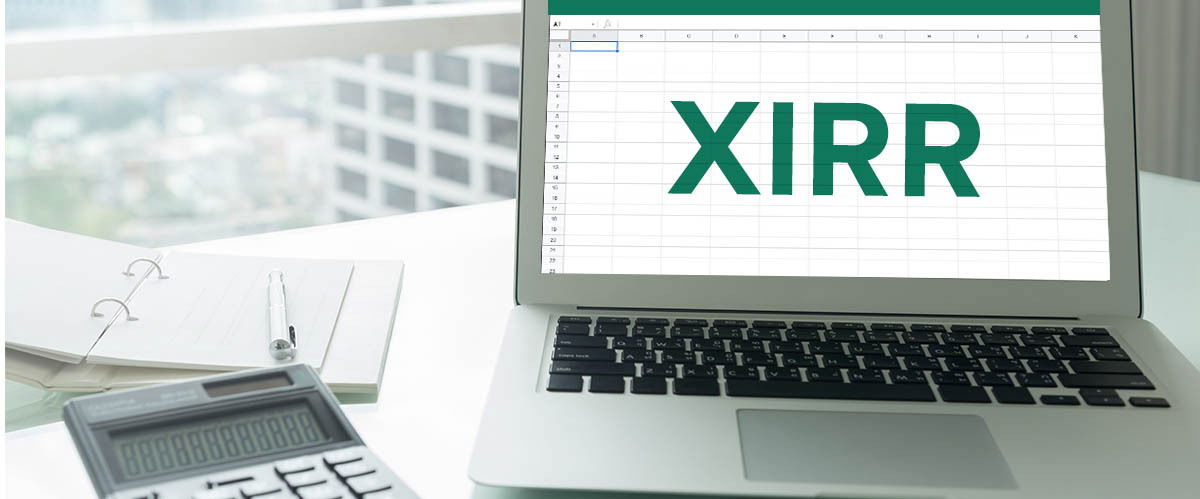What is the XIRR Indicator applied by the Nordstreet Crowdfunding Platform?

What is the XIRR Indicator applied by the Nordstreet Crowdfunding Platform?
To provide its clients with the most accurate and transparent information, the Nordstreet crowdfunding platform is applying the XIRR indicator to calculate project profitability. This will help transparently present project returns over the entire financial agreement period and allow for objective comparisons of different projects’ benefits.
What is XIRR?
XIRR (Extended Internal Rate of Return) represents the annual return for a client from completed, terminated, or ongoing investments. In crowdfunding projects, returns can be distributed in varying amounts and at different times. To help clients understand the overall return on their investments, Nordstreet applies the XIRR indicator, which expresses the investor's average annual return as a percentage, considering all investments and returns with varying dates and amounts.
“Unlike traditional investments, where returns are paid regularly (monthly or annually), crowdfunding returns are often distributed on specific dates depending on the project's progress. Accounting for such scattered cash flows can lead to inaccuracies and confusion,” says Nordstreet CEO Tomas Kaziukevičius.
“Investors have a legitimate expectation to know everything with utmost accuracy. By using XIRR, we provide a clear percentage that reflects the time and amount of all cash flows, both investments and returns, from the project's start to its completion. This gives clients insight into the annual growth rate of their money, enabling them to make informed and motivated decisions.”
When is XIRR Useful?
Imagine you invest a certain amount in a project, and over the next couple of years, both your investment and its returns are paid out at irregular intervals: part after six months, another part after a year, and the final part upon project completion. Without XIRR, it would be challenging to combine these cash flows into a single figure illustrating annual returns.
XIRR solves this by using a mathematical method that accounts for every investment and return on the exact date it occurs. This enables the presentation of an annual return rate that considers both time and amount, providing a true picture of how much you have earned.
“There are different methods to calculate XIRR for completed, terminated, or ongoing investments,” explains Tomas Kaziukevičius. “However, in all three scenarios, clients are clearly informed about their returns. This is especially useful when managing multiple financed projects and comparing annual returns. It gives investors a single metric for all their investments, avoiding comparisons of apples to oranges.”
How is XIRR Calculated?
There are three principles for calculating the XIRR indicator, depending on the project's status: ongoing, terminated (with obligations being recovered), or fully completed.
• For completed projects, the XIRR indicator is expressed as a percentage, showing the investor’s average annual return by evaluating all received amounts and the time allocated to the project.
• For ongoing projects following the schedule, i.e., investments where the loan agreement with the borrower has not been terminated or completed, XIRR is calculated by assessing actual cash flows up to the current date and planned cash flows in the future.
• For terminated or recovered projects, XIRR is calculated up to the current date in the same way as for non-terminated investments, using actual cash flows. However, from the current date onward, instead of planned future payments, the net investment value is used. If the project is delayed or repayments are postponed, the actual return may differ from the presented XIRR, either increasing or decreasing.
Success
Warning
- Invest from 50.00 €
- Average return 12.80%
- Exclusive investment offers
- Property backedloans



